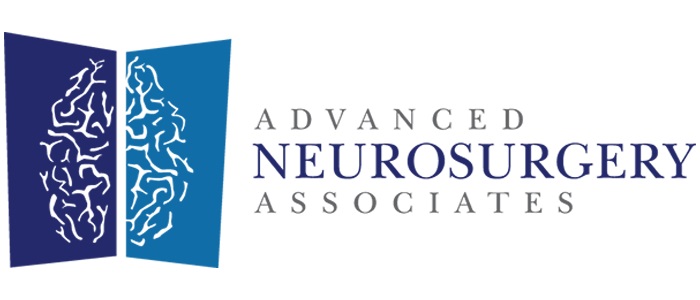Craniofacial Disorders Diagnosis
Some craniofacial conditions can be seen at birth, while others show later as a baby’s head develops. In these cases, the first diagnosis may be done by examination alone. Other diagnostic tests, such as an MRI or CT scan, help clarify the diagnosis by showing detail about your child’s skull, brain, and facial structure.
A pediatric neurosurgeon may decide to monitor your baby’s development over a period of time to see if and how the craniofacial condition progresses. Our neurosurgeons are pediatric specialists with extensive expertise in developing treatment plans for the best possible outcomes.

Diagnostic Tests for Craniofacial Disorders
X-rays of the head
This diagnostic test uses invisible electromagnetic energy beams to produce images of internal tissues and bones of the head.
CT Scan
A computerized tomography scan (also called a CT or CAT scan) of the head is a detailed diagnostic imaging procedure. It uses a combination of x-rays and computer technology to produce cross-sectional images (often called slices), both horizontally and vertically, of the head.
A CT scan shows detailed images of any part of the body, including the bones, muscles, fat, and organs. CT scans are more detailed than general x-rays.
Although craniofacial surgery includes combined intracranial and extracranial surgery, the broad scope of the subspecialty is applicable to other procedures in the craniofacial region. Surgeons trained in craniofacial surgery should be able to manage any hard or soft-tissue reconstruction problem of the craniofacial region. Contact us to discuss your child’s case.




